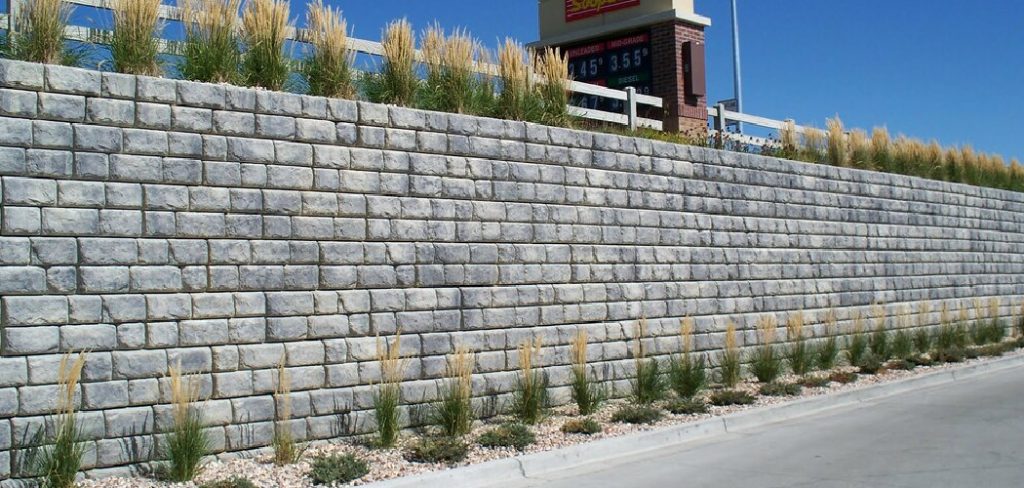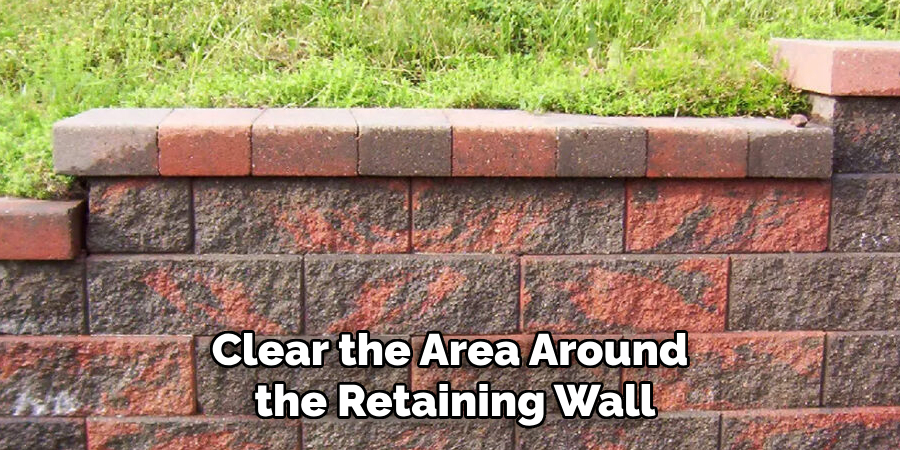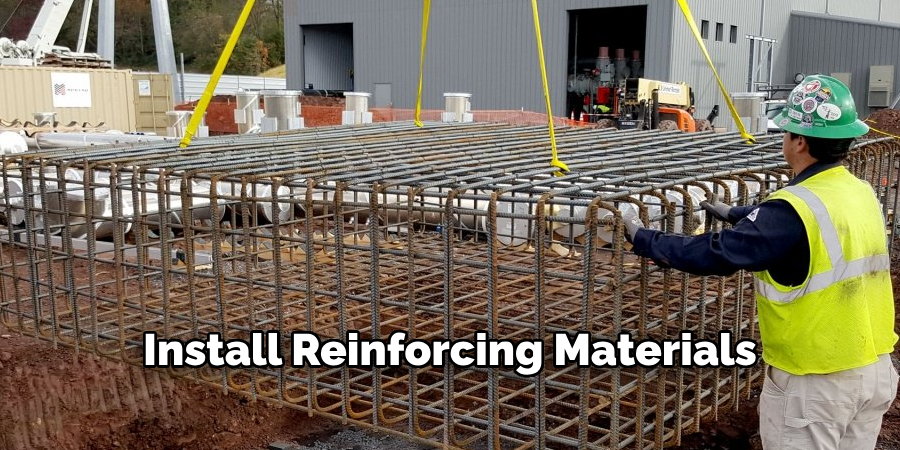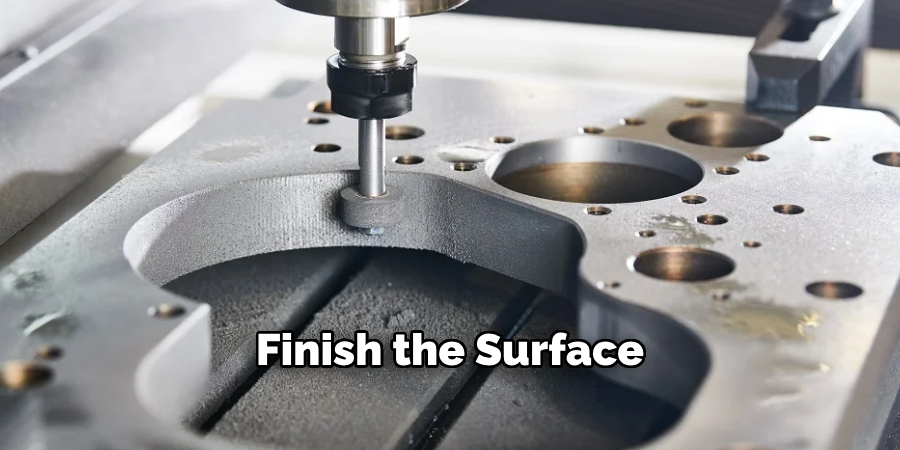Are you looking to reinforce a retaining wall on your property? Whether it’s for structural support or aesthetic purposes, reinforcing a retaining wall is an important task that requires proper planning and execution.
How to reinforce a retaining wall is essential to ensure its durability and effectiveness in keeping soil in place. Over time, the structural integrity of retaining walls can be compromised due to environmental factors such as water pressure, heavy rainfall, and soil erosion. By regularly inspecting and fortifying these walls, you can prevent potential failures and costly repairs.
This guide will provide step-by-step instructions on the tools, materials, and techniques required to reinforce your retaining wall, ensuring it stands solid and reliable for years. Whether you’re dealing with a timber, concrete, or stone wall, understanding the basics of reinforcement will help you maintain a safe and sturdy structure.

What Will You Need
Before starting any reinforcement work, gathering all the necessary tools and materials is important. Here are some essential items you’ll need:
- Measuring tape and level for accurate measurements
- Shovel or post hole digger for digging holes
- Hammer and nails or screws for securing materials together
- Reinforcing rods (rebar) for additional support
- Wire mesh or steel grid for added strength
- Gravel or crushed stone for drainage behind the wall
- Concrete mix and a wheelbarrow if you’re reinforcing with concrete
Wear proper safety gear such as gloves, goggles, and a mask when handling these materials.
10 Easy Steps on How to Reinforce a Retaining Wall
Step 1: Inspect the Existing Wall
Begin by thoroughly examining the current condition of your retaining wall. Look for signs of damage, such as cracks, loose stones, or leaning sections, that may indicate structural issues. Assess any drainage problems around the wall, such as water pooling or inadequate runoff paths.
Understanding the wall’s current state will help you determine the specific reinforcement needs and inform your approach moving forward. Make a list of necessary repairs before commencing with reinforcement activities.
Step 2: Clear the Area
Before beginning any reinforcement tasks, clear the area around the retaining wall. Remove any debris, plants, or other obstacles interfering with your work. This will provide you with better access to the wall and a clean workspace for implementing the necessary reinforcements.
Additionally, ensure that nearby structures or landscaping elements are protected from damage. A clear working area will also help identify any hidden structural issues, ensuring a more thorough and effective reinforcement process.

Step 3: Plan the Drainage System
Adequate drainage is vital to the longevity and stability of a retaining wall. Begin by determining the best strategy to manage water runoff and reduce pressure on the wall. Consider installing a French drain or weeping tile system behind the wall to guide water away from the structure.
You can also use gravel or crushed stone as a drainage layer directly behind the wall, allowing water to percolate through and reducing hydrostatic pressure. When planning your drainage, keep in mind the existing landscape and grade to ensure adequate runoff and prevent water accumulation that can damage the wall over time.
Step 4: Excavate the Soil
Once you have planned for proper drainage, the next step is to excavate the soil behind and around the retaining wall carefully. This involves removing enough soil to accommodate additional reinforcement materials without compromising the wall’s stability. Use a shovel or a post-hole digger to create a trench or space that allows for installing reinforcing rods or other structural supports.
Ensure that the excavation is done evenly and according to the dimensions of your planned reinforcement to provide consistent support along the entire length of the wall. Remember that you should adjust your excavation based on the type of retaining wall you are dealing with—different materials and structures may require specific considerations.
Step 5: Install Reinforcing Materials
With the area excavated, begin installing the necessary reinforcing materials to enhance the strength and stability of your retaining wall. Insert reinforcing rods (rebar) vertically and horizontally into the excavation for concrete walls. Ensure these rods are evenly spaced and securely tied with wire to form a sturdy grid within the wall.
If you’re working with a stone or timber wall, consider using geogrid or steel mesh for additional support. Embed these materials into the soil, extending them behind the wall to integrate with the surrounding landscape. This reinforcement framework is crucial in distributing load stress and providing long-term resilience against natural forces.

Step 6: Place and Compact Backfill
After installing the reinforcing materials, it’s time to place the backfill behind the retaining wall. Use gravel or crushed stone as backfill material, as it provides excellent drainage and minimizes soil pressure on the wall. Begin by spreading a backfill layer, then compact it using a tamper or compactor. Ensure the backfill is evenly distributed and compacted at the correct angle to promote proper drainage.
Continue adding layers of backfill, compacting each thoroughly until the excavation is filled to the desired height. Properly compacted backfill is essential for providing stability and support to the reinforced wall, preventing future shifting or settling that could compromise the wall’s integrity. Maintain a consistent moisture content in the backfill material to facilitate compaction and avoid creating air gaps that can weaken the structure.
Step 7: Mix and Pour Concrete
If you’re using concrete as part of your reinforcement strategy, this step involves mixing and pouring concrete to stabilize the retaining wall further. Prepare the concrete mix according to the manufacturer’s instructions, ensuring a consistent, workable texture.
Transport the mixture using a wheelbarrow, pouring it carefully into the area with the reinforcing rods. Use a trowel to spread and level the concrete, ensuring it reaches all corners and fills gaps evenly. As you pour, vibrate the concrete lightly to eliminate air pockets that could weaken the structure. Allow the concrete to cure fully, typically 24-48 hours, to achieve maximum strength and durability.
Step 8: Finish the Surface
After the concrete has fully cured, focus on finishing the surface of the retaining wall to enhance its appearance and longevity. Begin by smoothing out any rough edges and removing excess material with a trowel or a grinder.
If desired, apply a waterproof sealant or a protective coating over the concrete surface to guard against moisture infiltration and wear. Choose a finish that complements the surrounding landscape through painting, staining, or texturing to achieve an aesthetically pleasing look.

Step 9: Inspect and Maintain the Wall
Once the retaining wall is completed, it’s crucial to conduct regular inspections and maintenance to ensure its longevity and effectiveness. Examine the wall for any signs of damage or wear, such as cracks, bulging sections, or water infiltration.
Address any issues immediately to prevent further deterioration. Regularly clean the drainage system of debris to maintain proper water flow and reduce pressure on the wall. Carefully manage root growth and moisture levels to ensure that plants or landscaping near the wall do not interfere with its structure.
Step 10: Landscaping and Decoration
With the structural components of the retaining wall complete, the final step involves landscaping and decorating to harmonize the wall with its surroundings. Start by planting vegetation that suits the soil and climate conditions around the wall, using plants that have a root system unlikely to disrupt the wall’s integrity.
Consider adding climbing plants or vines to soften any harsh edges, providing a natural and cohesive look. To enhance visual appeal, incorporate decorative elements such as lighting, rock features, or outdoor art. Pay special attention to selecting materials and colors that complement the existing landscape.
By following these steps, you can successfully construct a stable and visually appealing retaining wall that will provide long-term support and functionality for your landscape.

5 Things You Should Avoid
- Neglecting Proper Drainage: Failing to incorporate adequate drainage can lead to water buildup behind the wall, increasing pressure and potentially causing structural failure. Always ensure proper drainage systems are in place to redirect water away from the wall.
- Using Inadequate Materials: Opting for substandard or inappropriate reinforcement materials can compromise the wall’s stability. Use high-quality materials like rebar, geogrid, or steel mesh appropriate to the wall type and conditions.
- Ignoring Soil Conditions: Building without considering the underlying soil conditions can be detrimental. Different soils require varied reinforcement techniques, so conducting a soil analysis and tailoring your approach is essential.
- Improper Compaction: Skipping or inadequately compacting the backfill material can lead to uneven pressure distribution and settlement issues. Always compact in layers to ensure optimal support for the wall.
- Overlooking Regular Maintenance: Once the wall is built, it’s crucial to perform regular inspections and maintenance. Ignoring these aspects can postpone the detection of issues, leading to more significant, costlier problems later on.
Conclusion
How to reinforce a retaining wall is a meticulous process that demands careful planning and execution.
You can significantly enhance the wall’s structural integrity and lifespan by adhering to best practices such as incorporating adequate drainage, utilizing quality materials, understanding soil conditions, ensuring proper compaction, and committing to regular maintenance.
With these guidelines, potential failures can be averted, and the wall can also seamlessly integrate into its surroundings, adding both functionality and aesthetic value to the landscape.
Following these steps ensures a strong, durable retaining wall that stands resilient against the forces of nature.
